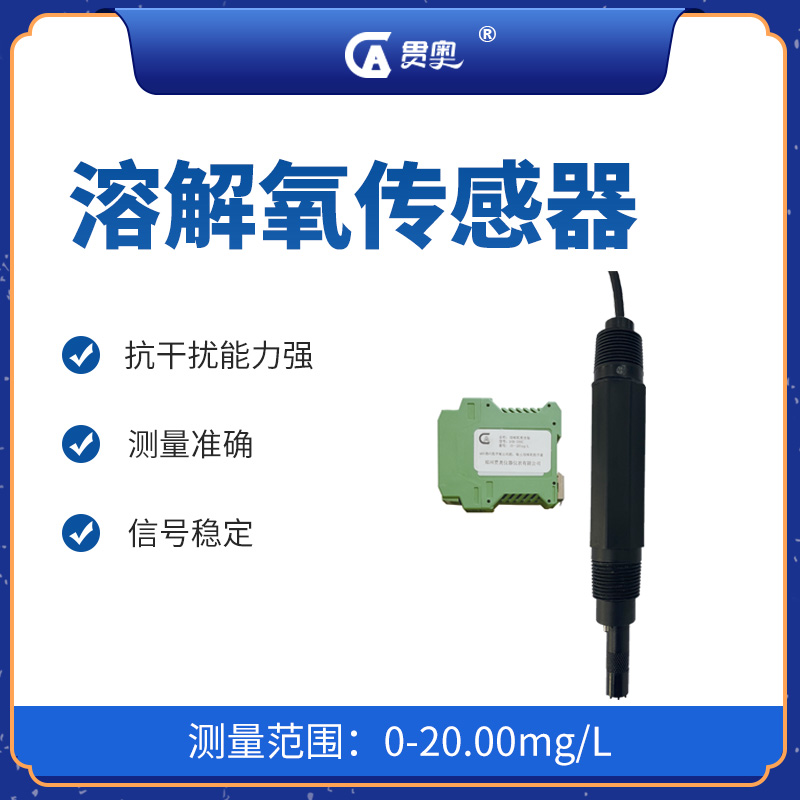Whether in aquaculture or sewage treatment, oxygen content in water can play a very important role. If we can grasp the change value of dissolved oxygen in water body in time, it is helpful to determine a better solution when problems occur. Therefore, online monitoring is mostly used to understand the content of dissolved oxygen in water. To ensure the accuracy of monitoring, we must know how to calibrate online dissolved oxygen analyzer.

Test preparation and calibration method of online dissolved oxygen analyzer
1. Test preparationImmerse the electrode in water for 12h in advance and connect it to the signal converter. Connect the power supply, and the automatic analyzer shall be preheated for more than 30mi before the test to stabilize the functions of each part and the display and recording unit. When the electrode is contaminated, if necessary, it shall be washed with alkaline water, 0.01molL hydrochloric acid, etc., and then fully washed with running water.
2. Correction liquid
Zero point correction solution
Dissolve about 25g of anhydrous Na2SO3 in distilled water, and add distilled water to 500ml. Prepare when using.
Range correction liquid
At (25 ± 0.5) ℃, air is introduced into distilled water at a flow rate of about 1L/min to saturate the dissolved oxygen, and then the dissolved oxygen is stabilized by standing for a period of time (generally, 200ml water takes 5-10min; 500ml water takes 10-20min). Saturated dissolved oxygen concentration values at various temperatures are shown in Table 1.
It should be noted that the dissolved oxygen concentration will vary with the atmospheric pressure, so atmospheric pressure compensation is preferred. In addition, when determining high salinity samples, NaCl reagent should be added according to the molar concentration of salts in the samples when preparing dissolved oxygen saturated water.
3. Correction
Zero point correction
As I told you before, zero point correction is to immerse the electrode in the zero point correction solution and adjust the indicated value to zero point.
Range correction
Immerse the electrode in the range correction solution. While stirring with a magnetic stirrer, after the displayed value is stable, measure the temperature of the range correction solution (accurate to ± 1 ℃), and adjust the displayed value according to the saturated dissolved oxygen concentration in Table 1. Remarks: The displayed value generally varies with the flow rate of the sample, so the stirring speed should be kept constant according to the method specified by the manufacturer.
adjust
Alternately perform zero calibration and range calibration, and adjust the analyzer until the difference between the measured value of the calibration solution and the displayed value is within ± 0.25mgL.



